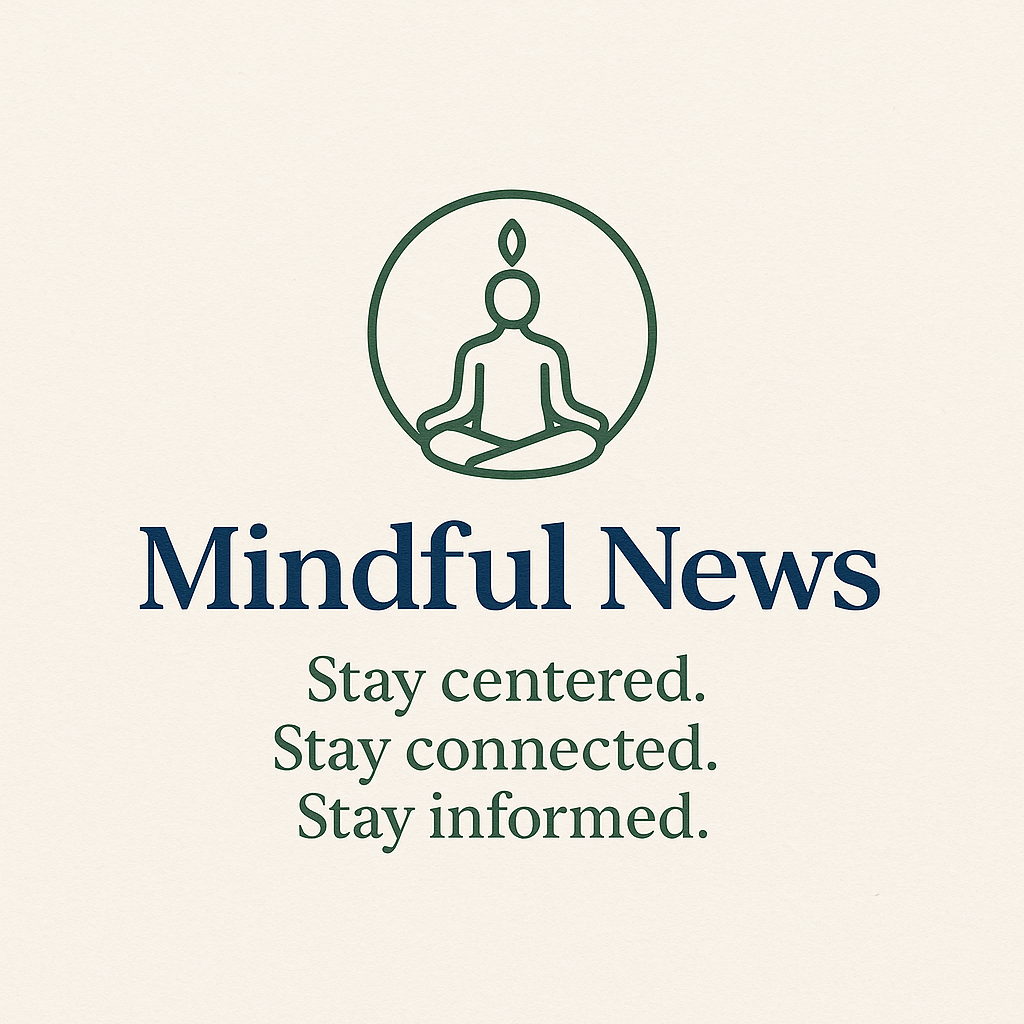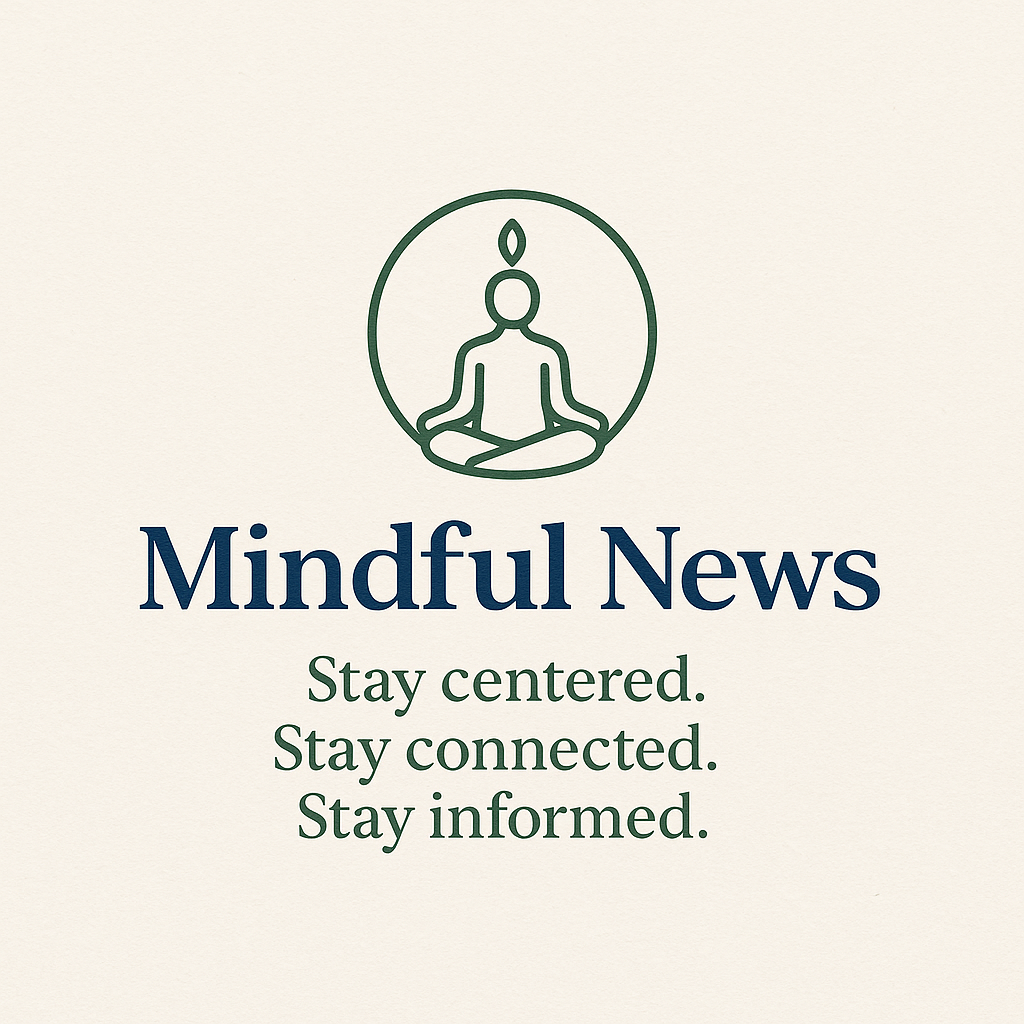

In today’s interconnected world, rising awareness and preparedness within health and social realms are key components of creating inclusive societies. Recent developments in Europe and beyond illustrate an advancing commitment towards both representation and readiness, demonstrating the progress being made in these spheres.
In an inspiring move towards inclusivity in children’s play, a new milestone has been reached with the launch of the first-ever Barbie doll depicting type 1 diabetes. This innovative creation is spearheaded by the fashion model Lila Moss, the daughter of supermodel Kate Moss. The latest addition to the popular toy line aims to offer representation for children navigating life with type 1 diabetes, nurturing an environment of empathy and understanding from an early age. By diversifying Barbie’s portrayal, Mattel continues to reinforce the notion that toys can serve as a powerful medium for social equity, embracing a wide array of backgrounds and experiences.
Representation of diverse health conditions in toys can significantly impact the perceptions of both affected and non-affected children. This is a meaningful step towards normalizing medical conditions and dissolving stigmas, fostering a sense of belonging for those with chronic health issues. The launch of such a Barbie doll stands as a testament to society’s growing recognition of diverse needs, with an emphasis on compassion and understanding.
Complementing efforts for social inclusivity, preparedness remains a key focus in public health strategy. The European Commission has unveiled a far-reaching strategy to bolster its readiness for future health emergencies. This comprehensive approach is designed to fortify Europe’s health crisis management systems and ensure citizens are guarded against impending pandemics and health challenges. Rather than sowing fear, the emphasis lies on proactive planning and resource allocation to secure a resilient future.
Looking at past experiences with health challenges, it’s evident that preparation stands as a cornerstone of effective management. The new strategy from the European Commission highlights collaboration, research, and swift response—three pillars that are vital for handling emerging health threats efficiently. A calmer, more composed approach to potential future health issues paves the way for enhanced collective resilience.
A significant aspect of future health preparedness is understanding potential threats. One such threat has been identified in the Epstein-Barr virus, a common infection affecting nearly everyone at some point in their lives. Recent scientific insights unveil an association between this virus and an increased risk of developing certain cancers. Broadening our knowledge of health risks like these enhances our ability to address and mitigate them effectively.
The research on the Epstein-Barr virus underlines the importance of continuous inquiry into the links between infections and chronic diseases. As academia brings these insights to light, public health initiatives can better educate and protect communities through awareness and preventative measures. Such scientific advancements are crucial, as they encourage mindfulness in approaching health care, focusing on preemptive and supportive strategies rather than reactionary ones.
The convergence of these developments illustrates a positive trajectory toward a society that values both proactive health preparedness and social inclusion. The introduction of a Barbie doll with type 1 diabetes aligns with the broader societal shift towards representation for all, while Europe’s strategic health planning highlights a mindful preparation for what lies ahead.
As we look to the future, these initiatives inspire a measured, thoughtful approach to nurturing health and inclusivity. This collective endeavor, driven by intelligence and compassion, offers hope for a more understanding and prepared world, where every individual feels seen, supported, and protected. Together, as awareness deepens and preparedness strengthens, society moves forward with a shared sense of clarity and optimism.
Source: {link}
